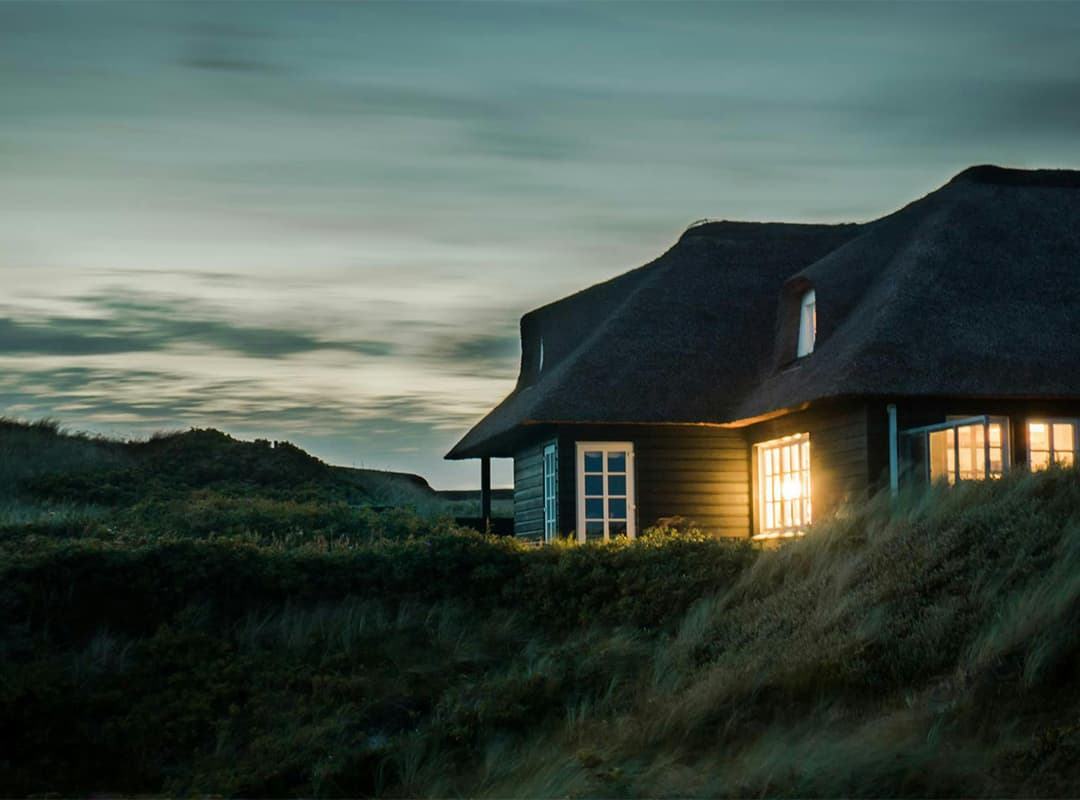As environmental awareness continues to rise, integrating sustainable building practices into luxury homes has become increasingly important. In New Zealand, where the natural beauty is unparalleled, adopting eco-friendly construction methods not only enhances the environmental value of the property but also aligns with the country’s commitment to sustainability. Whether you are planning a new build in the serene locale of Falcons Landing or looking to upgrade an existing property, here are key strategies to incorporate sustainable building practices into luxury homes.
1. Utilize Renewable Energy Sources
One of the most impactful ways to make a luxury home more sustainable is by harnessing renewable energy sources. This reduces reliance on traditional power grids and decreases carbon footprints. Popular options include:
- Solar Panels: Installing solar panels can significantly cut electricity costs and provide a renewable energy source.
- Wind Turbines: If the property location is suitable, wind turbines can be an excellent addition for generating power.
- Geothermal Heating and Cooling: This system utilizes the stable temperatures underground to heat and cool the home efficiently.
2. Choose Sustainable Building Materials
Selecting eco-friendly materials is crucial for sustainable construction. These materials should be durable, recyclable, and have a low environmental impact. Key materials include:
- Bamboo: An excellent alternative to traditional hardwood due to its rapid growth rate and durability.
- Recycled Steel: Using recycled steel for structural elements reduces the need for new raw materials and energy-intensive production processes.
- Reclaimed Wood: Incorporating reclaimed wood in flooring, beams, and furniture adds a rustic charm while being environmentally responsible.
- Eco-Friendly Insulation: Options like sheep’s wool, recycled denim, or cellulose insulation provide effective thermal regulation without harmful chemicals.
3. Incorporate Energy-Efficient Systems
Energy efficiency is a cornerstone of sustainable luxury homes. Integrating advanced systems can greatly reduce energy consumption. Consider the following:
- Smart Home Technologies: Automated lighting, heating, and cooling systems can optimize energy usage based on occupancy and time of day.
- High-Performance Windows: Double or triple-glazed windows with low-emissivity coatings prevent heat loss and reduce the need for artificial heating.
- LED Lighting: LED bulbs use significantly less energy than traditional incandescent bulbs and have a longer lifespan.
4. Water Conservation Techniques
Water is a precious resource, and luxury homes can incorporate various methods to conserve it. Implement these techniques to make your home more water-efficient:
- Rainwater Harvesting: Collecting and storing rainwater for irrigation or household use can reduce water demand.
- Low-Flow Fixtures: Installing low-flow toilets, showerheads, and faucets minimizes water usage without sacrificing performance.
- Greywater Recycling Systems: These systems treat and reuse wastewater from baths, sinks, and washing machines for landscaping and irrigation.
5. Sustainable Landscaping
The outdoor environment of a luxury home should also reflect sustainable practices. Sustainable landscaping not only enhances the aesthetic appeal but also supports local ecosystems. Key practices include:
- Native Planting: Using native plants in landscaping reduces water usage and supports local wildlife.
- Permeable Paving: Permeable materials for driveways and walkways allow rainwater to filter through the ground, reducing runoff.
- Green Roofs: Installing green roofs can provide insulation, reduce stormwater runoff, and create a natural habitat for wildlife.
6. Indoor Air Quality and Healthy Living Environments
Creating a healthy indoor environment is essential for luxury homes. Sustainable building practices can improve indoor air quality and promote overall well-being:
- Ventilation Systems: Advanced ventilation systems with HEPA filters ensure a constant supply of fresh air and remove pollutants.
- Non-Toxic Materials: Using low-VOC (volatile organic compounds) paints, adhesives, and finishes helps maintain a healthy indoor environment.
- Indoor Plants: Incorporating indoor plants not only adds aesthetic value but also helps purify the air.
7. Building to Last
Durability is a key aspect of sustainability. A well-built luxury home should stand the test of time, reducing the need for frequent repairs and renovations. High-quality construction and materials ensure longevity and performance.
Integrating sustainable building practices into luxury homes is not just a trend but a responsible approach to construction that benefits both the environment and homeowners. In places like Falcons Landing, where natural beauty is a significant part of the appeal, sustainable practices enhance the harmony between the home and its surroundings. By utilizing renewable energy, choosing sustainable materials, incorporating energy-efficient systems, and focusing on water conservation and healthy living environments, you can design a luxurious home that exemplifies elegance and sustainability. Embrace these practices to create a home that is as kind to the planet as it is to its residents.
